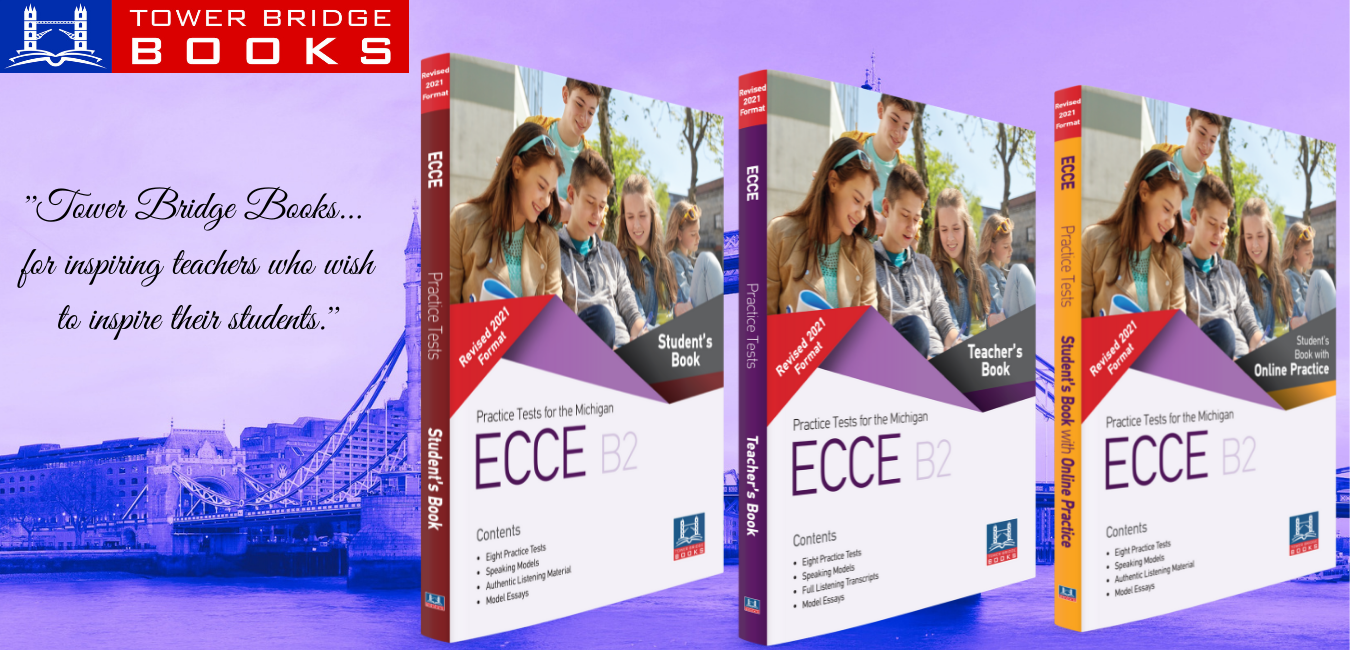It will be tempting to put after-school activities on the back burner this fall, but experts say that’s a missed opportunity—especially for teenagers.
As schools chart their post-pandemic course for the fall, the urgent need to address student mental health and learning loss might take priority over planning for extracurriculars, but that would be a mistake, writes Chad Lang for Phi Delta Kappan.
“Undoubtedly, the realities of post-pandemic life will require an all-hands-on-deck approach, as many schools will face budget crunches, lingering mental health effects among students and teachers, and learning loss among those who were disconnected from school,” writes Lang, who is director of school improvement and human resources for the Glenwood Community School District in Glenwood, Iowa. “But as school leaders come together to address these challenges, they must not neglect the important roles extracurriculars can play. Such activities often make powerful contributions to students’ well-being, their sense of connection to the school community, and their engagement in academics.”
For teens, in particular, opportunities for relatively unstructured social connections with peers outside of school hours are especially important—and maybe a blind spot for school systems. A 2020 survey of secondary students and teachers by Phi Delta Kappa International, for example, found that while teachers favored meeting the pandemic needs of students with strategies like “more counselors,” middle and high school students chose things like more opportunities to “socialize with fellow students” and “online clubs and other extracurricular activities” by large margins. For teens, the researchers found, the simple need for peer-to-peer connection was paramount, outweighing structured opportunities like self-care classes focused on mindfulness or coping with stress.
GETTING REAL-WORLD PRACTICE
Tending to students’ emotional well-being will be a priority in many schools and classrooms in the new school year, and Lang argues that extracurriculars are a natural fit for extending this social and emotional work beyond the classroom, helping to “reestablish normalcy after the pandemic, foster social connections, and maximize academic achievement,” so that students “see school as a place of safety and belonging.”
There’s research to back this up. In a 2017 examination of social and emotional learning outside of the classroom, faculty from the Harvard Graduate School of Education found that less formal out-of-school settings tend to offer “increased opportunities to develop the type of close, trusting relationships that enhance SEL.” The study also noted that SEL outcomes improved when children were given opportunities to practice SEL skills across settings—the classroom, after school, and even at home—and when adult expectations across all these environments are aligned.
That’s been a focus for the after-school program Wings for Kids for several decades. Founded 20 years ago with the purpose of bringing free SEL to at-risk kids in low-income communities, Wings provides a structured SEL after-school program—with lots of opportunities for unstructured and free play—in some Title 1 elementary schools in Georgia and North and South Carolina. To make the program affordable, the group partners with Boys & Girls Clubs and the YMCA to offer workshops and training for teachers and administrators, a community-based approach that Lang recommends for school administrators seeking ways to help fund and staff extracurriculars. Among kindergarten and first-grade students who participated in the after-school program for at least two years, a 2019 study found they showed improved self-awareness, self-regulation, executive function, and decision-making.

NEW OPPORTUNITIES TO BELONG
Participation in after-school programs can be uneven, notes Lang “Not every child can stay on campus after the bell rings—for instance, many are expected to care for family members after school or to earn money and contribute to the family income.” Activities can also tend to be focused on one area, like sports for example, stranding some kids on the margins. But for extracurriculars to be truly inclusive, says Lang, they should be intentionally designed to provide opportunities that are accessible and interesting to a broad range of students, “no matter their gender, language background, physical condition, intellectual capacities, or out-of-school responsibilities.”
At East Bay Innovation Academy, a grade 6-12 public charter school in Oakland, California, school administrators say students often struggled to participate in after-school clubs because they didn’t have transportation. But they knew that the unstructured time with peers and mentoring adults was important, so during remote learning the school decided to schedule clubs as a dedicated part of the school day, blocking out time during a first period each Tuesday and Thursday for club meetings and asking each teacher to run one. After surveying students to find out their areas of interest, teachers planned out and introduced clubs by making videos about them. Students watched the videos in their advisory classes and picked clubs they wanted to join. “Choosing clubs gives them some voice and choice in a space and time when they don’t have a lot of other opportunities to do that,” says Kim Frankel, the school’s principal, who says new clubs like a baking club, circus club, and a fitness club emerged in the process. “We’ve heard from some kids that club meetings are the best part of their week, and we’ve heard from other kids that it’s the one time that they feel comfortable and safe talking and communicating.”
Lang suggests conducting an evaluation of existing programs, “asking whether goals ought to be redefined, whether offerings should be more inclusive and varied, and whether staff recruitment, training, and oversight ought to be improved.” Administrators might need to rethink the traditional after-school model, scheduling some clubs in the morning before the first period, during lunch, or even with virtual options for kids who can’t be there in person. Important to this process, he notes, is “articulating how [extracurriculars] connect to the school’s larger mission and organizational structure.” For example, schools that “prioritize non-cognitive skills and emotional intelligence should consider adding extracurriculars that foster community and collaboration and focus less on the competition.”